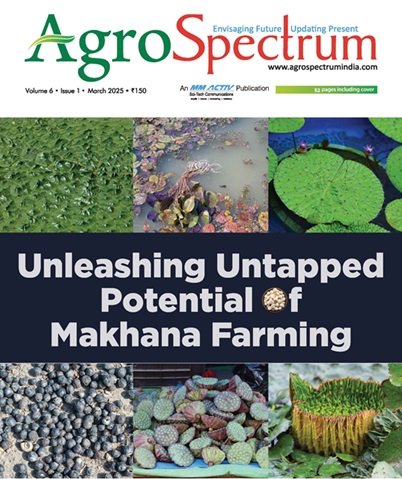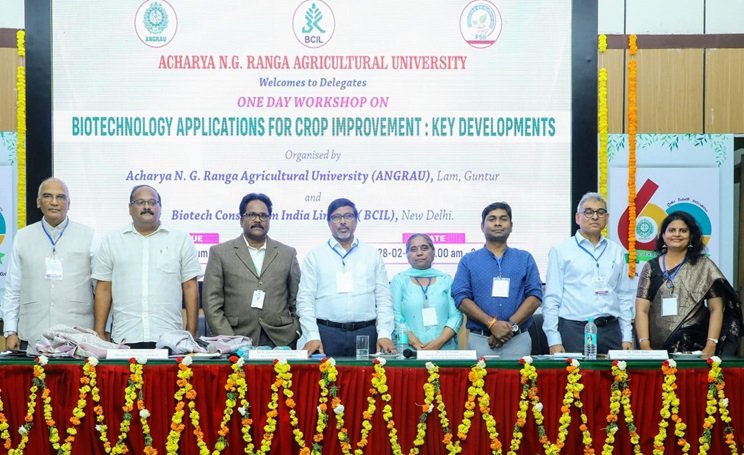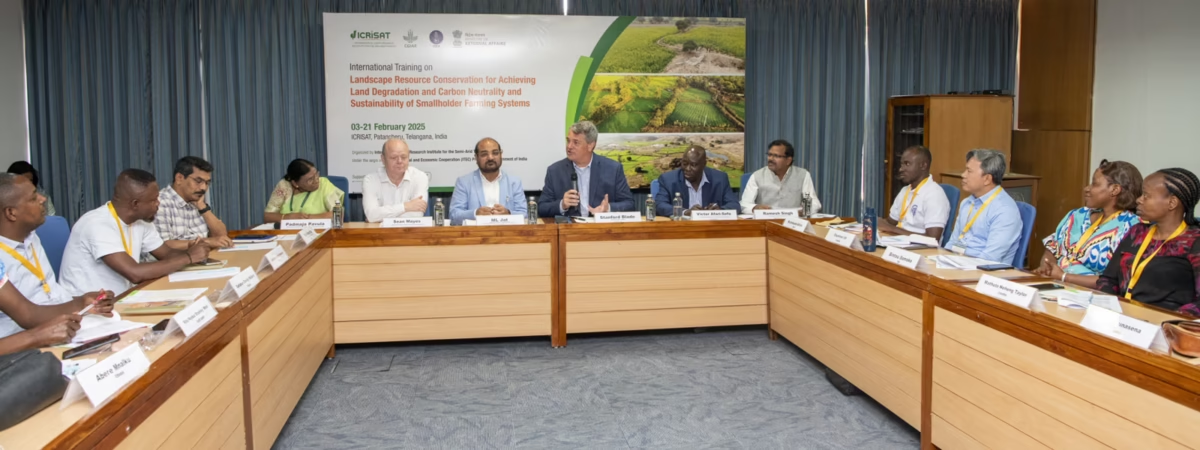Elevating & Acknowledging Women’s Role in Agripreneurship
International Women’s Day (IWD) observed each year on March 8 is the biggest women-focused fundraising day of the year. The theme for IWD 2025 #AccelerateAction calls for collective action to speed up progress toward gender equality. Collective action and shared ownership for driving gender parity is what makes IWD impactful. The day also marks a call to action for accelerating women’s equality. India’s development journey is closely interlinked with the empowerment of its women. Recognising this critical connection, the central government has placed Nari Shakti at the forefront of its agenda over the past ten years. The government understands that women’s empowerment is not a one-time solution; it requires a comprehensive approach that addresses their needs throughout their lives.
“We need to focus on the poor, women, youth and farmers,” mentioned the Finance Minister in her Budget Speech, reiterating the government’s commitment to economic empowerment. A crucial aspect of this vision is increasing women’s participation in the workforce, with a target of 70 per cent participation. This emphasis underscores the government’s broad approach to fostering economic growth and inclusivity.
India’s female workforce participation rate peaked in 2004–05 at 40.8 per cent, although it has subsequently fallen since then. However, following years of decrease, the female labour force participation rate (FLPR) has been trending upward since 2017. Notably, the rural FLPR has shown remarkable growth, rising from 41.5 per cent in 2022–23 to 47.6 per cent in 2023–24. A key driver behind this increase is the rise in self-employed women, especially in the agricultural sector. State-level census data analysis further supports this, highlighting the significance of agriculture in boosting women’s labour participation. These trends signify a positive shift in India’s workforce landscape and emphasise the importance of supporting women’s entrepreneurship, particularly in agriculture.
Given the persistent gender disparities in the agricultural sector, particularly in India, the majority of rural women’s livelihoods are still heavily reliant on agriculture, with limited non-farm employment opportunities. Despite their significant contribution, women farmers often remain unrecognised and marginalised. The stark contrast between the percentage of women engaged in agricultural labour and the percentage of land operated by women illustrates the deep-rooted gender inequality in land ownership and control. This disparity, coupled with limited access to resources and decision-making power, further exacerbates the challenges faced by women in agriculture. We must address these systemic issues to ensure gender equality and empower women in the agricultural sector. This includes promoting non-farm employment opportunities, securing land rights for women, and providing them with equal access to resources, training, and technology.
Keya Salot, Co-Founder, Farm2Fam India Private Limited opined,” Agriculture in India is dominated by a female workforce. To create all-round empowerment opportunities, it is vital to have women in leadership positions. Not only does it create an empathetic work environment, but it also enables women to have role models whom they can relate to. As a community, it creates skill development and thereafter financial freedom in women. In the short term, that causes an impact on the quality of life of women but in the longer term, it will define the shift in the gender dynamics in the society.’’
To read more click: https://agrospectrumindia.com/e-magazine
International Women's Day (IWD) observed each year














